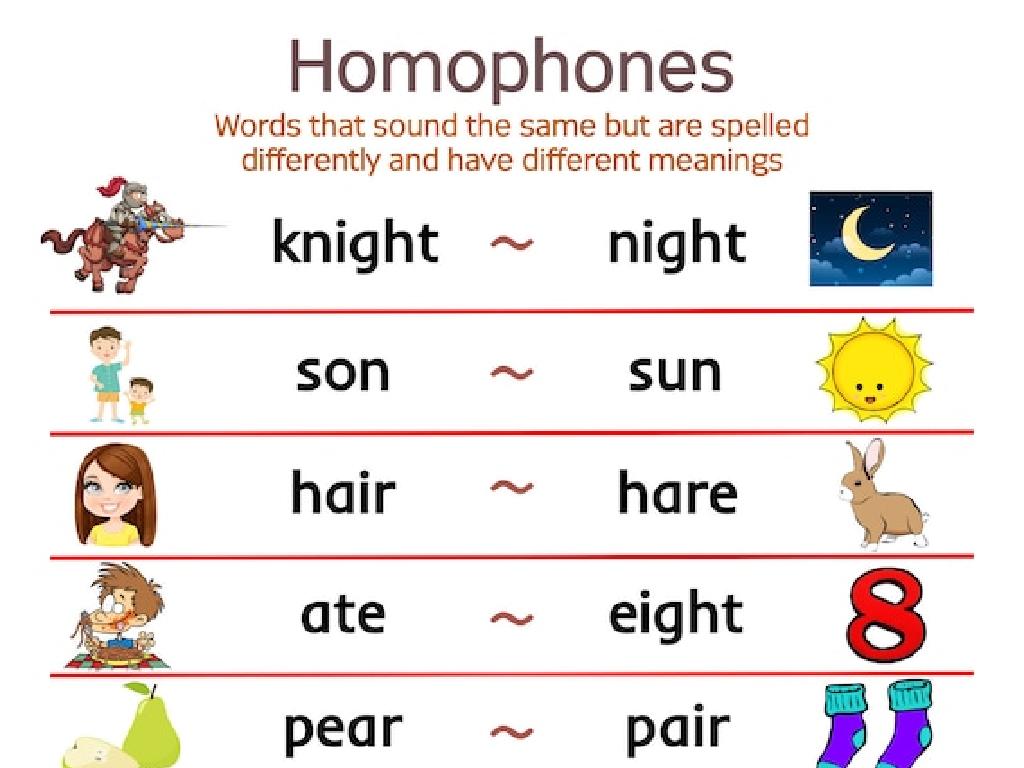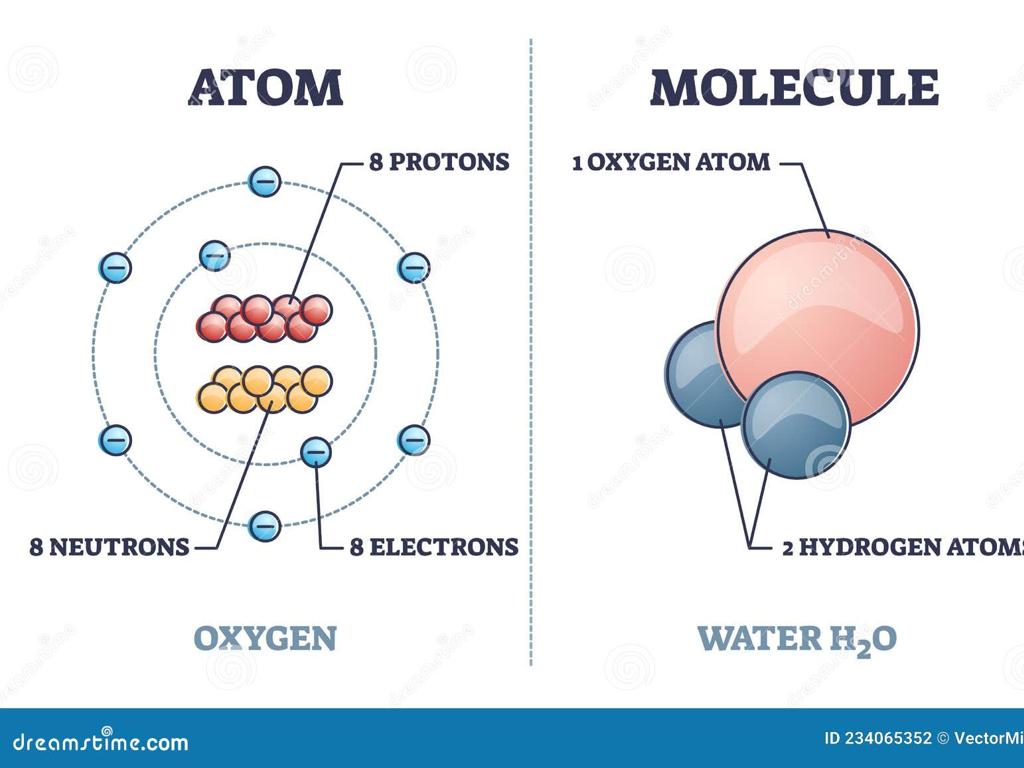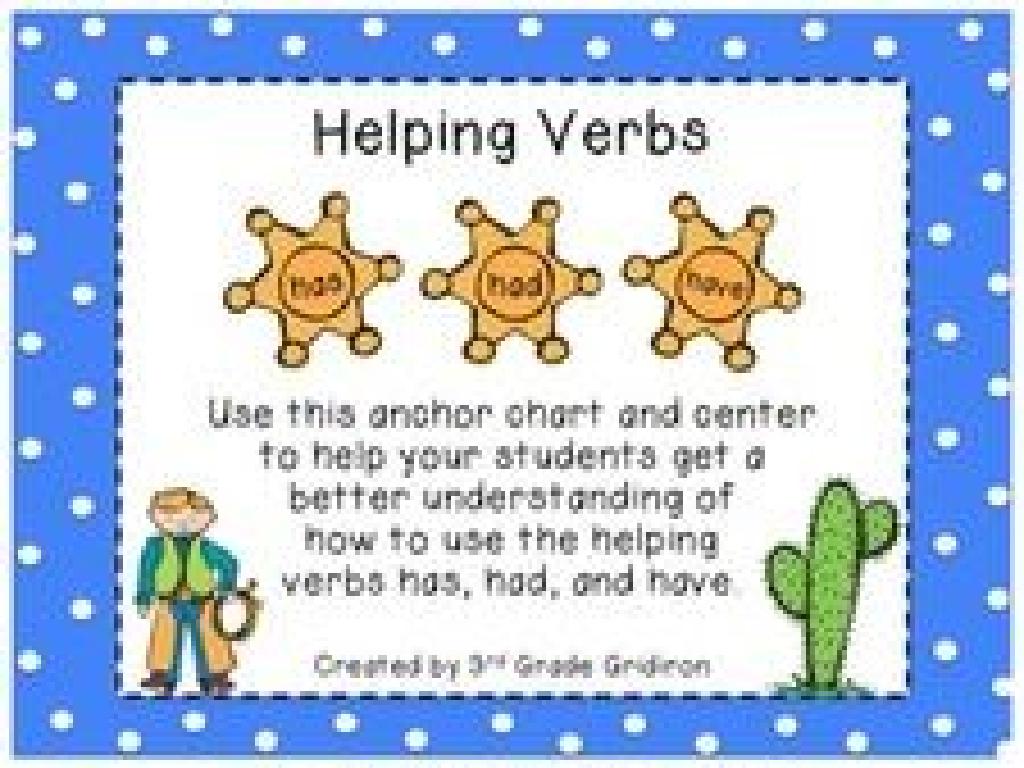Write Addition Sentences For Equal Groups - Sums To 25
Subject: Math
Grade: Second grade
Topic: Repeated Addition
Summary: This second-grade math lesson introduces repeated addition as a strategy for counting equal groups with sums up to 25. Students learn to identify equal groups, write addition sentences, and use visuals and real-life examples for practice. Interactive games, class activities, and engaging homework help solidify understanding while building a foundation for multiplication. By writing and sharing addition sentences, students strengthen number sense and problem-solving skills in a fun and collaborative environment.
Please LOG IN to download the presentation. Access is available to registered users only.
View More Content
Welcome to Repeated Addition!
– Greetings, young mathematicians!
– Repeated addition explained
– Adding the same number over and over
– What are equal groups?
– Groups with the same number of items
– Practice sums up to 25
– Use repeated addition for quick counting
|
This slide is designed to introduce second-grade students to the concept of repeated addition as a method of counting equal groups. Begin with a warm welcome to capture their attention. Explain that repeated addition is like a shortcut for counting the same number multiple times. For example, instead of counting 5 apples 4 times individually, we can say 5+5+5+5. Clarify that equal groups contain the same number of items, which makes it easier to use repeated addition. Encourage students to think of real-life examples, such as packs of crayons or sets of pencils. Conclude by illustrating how repeated addition can help us quickly find the total number of items in several equal groups, with the sum not exceeding 25. Prepare interactive activities where students can group items and write addition sentences to reinforce the concept.
Understanding Equal Groups
– What are Equal Groups?
– Groups with the same number of items
– Real-life examples of Equal Groups
– Chairs in rows, packs of crayons
– Counting items in Equal Groups
– Add the number of items in one group many times
– Writing addition sentences
|
This slide introduces the concept of equal groups as a foundation for understanding repeated addition. Equal groups are sets that have the same number of items in each, which can be visually represented by objects like chairs in rows or packs of crayons. Teach students to count the items in one group and then add that number repeatedly for the total number of groups to find the total items. For example, 5 groups of 4 apples is 4+4+4+4+4. Emphasize that this is the beginning of understanding multiplication as repeated addition. Encourage students to think of their own examples and to practice writing addition sentences that sum up to 25.
Writing Addition Sentences for Equal Groups
– Writing simple addition sentences
– An addition sentence combines two or more numbers to show a total.
– Adding numbers up to 25
– We can add smaller numbers together to make a sum of 25 or less.
– Equal groups show total items
– If we have 5 groups of 4 apples, we write 4 + 4 + 4 + 4 + 4 to find the total.
– Practice with examples
– Let’s add 3 groups of 5 stars: 5 + 5 + 5 equals what?
|
This slide introduces second graders to the concept of writing addition sentences to represent equal groups. Start by explaining that an addition sentence is a way to combine numbers to find out how many items there are in total. Use visual aids or physical objects to demonstrate adding numbers within 25, ensuring that the sums do not exceed this limit. Show how equal groups can be represented through repeated addition, such as several groups of the same number of items. Provide clear examples and encourage students to create their own addition sentences using items in the classroom. This activity will help solidify their understanding of addition and the concept of equal groups.
Practice with Visuals: Equal Groups
– Visual examples of equal groups
– Pictures showing groups of objects, like 5 groups of 4 apples
– Write addition sentences
– Turn visuals into addition sentences, e.g., 4 + 4 + 4 + 4 + 4 = 20
– Interactive class participation
– Students will come to the board to solve problems
– Summing up to 25
– Ensure all addition sentences add up to 25 or less
|
This slide is aimed at helping second-grade students understand the concept of repeated addition through visual examples. Start by showing images of equal groups, such as several groups of apples, and then guide the students to write addition sentences that correspond to these visuals. Encourage interactive participation by inviting students to the board to create their own addition sentences based on different visuals. Emphasize that the total sum should not exceed 25. This activity will reinforce their understanding of addition and equal groups in a fun and engaging way.
Let’s Play a Game: Grouping and Adding
– Pair up and make equal groups
– Count items in each group
– Write addition sentences
– For example, if you have 5 groups of 4 apples, write: 4 + 4 + 4 + 4 + 4
– Sum up to 25
– Check that the total is no more than 25
|
This interactive game is designed to help students understand the concept of repeated addition as a way to calculate the total number of items in equal groups. Students will work in pairs to physically group classroom objects or use drawings to represent equal groups. They will then write addition sentences for each set they create, ensuring that the sum does not exceed 25. This activity will reinforce their understanding of addition and provide a foundation for multiplication. For the teacher: Prepare a variety of small items for grouping, ensure pairs are working collaboratively, and circulate to guide and check for understanding. Possible variations of the activity could include using different items, changing the target sum, or introducing a competitive element to see which pair can create the most sets that add up to 25.
Class Activity: Making Equal Groups
– Create equal groups using items
– Write addition sentences
– Use your groups to write sentences like 5 + 5 + 5 = 15
– Each sum should be up to 25
– If you have 5 groups of 5 items, what is the total?
– Share your sentences with the class
|
This activity is designed to help students understand the concept of repeated addition as a way to find the total number of items in equal groups. Provide students with classroom materials such as blocks, counters, or other small items. Instruct them to form equal groups and then write an addition sentence for each group they create. Ensure that the sum of the items in the groups does not exceed 25. This hands-on activity will reinforce their understanding of addition and equal groups. Possible variations for different students could include using different numbers of items or different sums to challenge advanced students or simplify for those who need more support.
Review and Share: Addition Sentences
– Recap today’s addition concepts
– Students present their sentences
– Each student shares an addition sentence up to 25
– Discuss each shared sentence
– Talk about how we made equal groups to add
– Engage in a Q&A session
– Answer questions about addition sentences
|
This slide is meant to conclude the lesson on writing addition sentences for equal groups with sums up to 25. Start by reviewing the key points of repeated addition and how it helps in understanding multiplication concepts. Allow students to share the addition sentences they’ve created, ensuring they understand the concept of equal groups. Discuss the logic behind each shared sentence to reinforce learning. Finally, open the floor for a Q&A session, encouraging students to ask questions about any uncertainties they have regarding the day’s lesson. This interactive session will help solidify their understanding and give them confidence in their ability to write addition sentences for equal groups.
Homework: Mastering Addition Sentences
– Practice with more addition sentences
– Aim for sums up to 25
– Find equal groups and add them together
– Positive reinforcement: You can do it!
– Excited to see you next class!
|
For homework, students are tasked with creating additional sentences that sum up to 25, reinforcing the concept of repeated addition with equal groups. Encourage students to find groups of objects at home and write addition sentences for them. Offer positive reinforcement to motivate them, emphasizing that practice makes perfect and that you believe in their ability to succeed. End the class on a high note, expressing excitement for the next lesson and the opportunity to explore more math concepts together. For the next class, prepare to review their homework and celebrate their efforts and successes.





